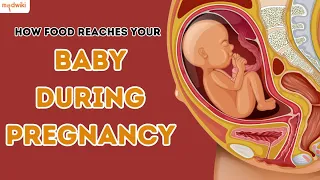Save a Child's Life with CPR: Step-by-Step Guide
CPR is used when a child's breathing or heartbeat has stopped due to drowning, suffocation, electrical shock, choking, or an injury. It includes rescue breathing and chest compressions to circulate blood until medical help arrives. If a child's blood flow stops, brain damage or death can occur within four minutes. Note that for CPR purposes, puberty is defined as breast development in females and the presence of armpit hair in males.Here are the steps to perform a CPR in child:1. Check for alertness. Tap the child gently and shout, "Are you okay?"2. If there is no response, shout for help and call 911 or the local emergency number. Get an AED if available. Do not leave the child alone until you have done CPR for about 2 minutes.3. Carefully place the child on their back. If there is a chance of a spinal injury, two people should move the child to prevent the head and neck from twisting.4. Perform chest compressions. Give 30 fast and hard compressions, letting the chest rise completely each time. Open the airway and give two rescue breaths if the child is not breathing.5. After about 2 minutes of CPR, if the child still does not have normal breathing, coughing, or any movement, leave the child if you are alone and call 911 or the local emergency number. Use an AED for children if available.6. Repeat rescue breathing and chest compressions until the child recovers or help arrives.AEDs are machines available for home use or found in public places. They are used to check heart rhythm and give a sudden shock only if needed to get the heart back into the right rhythm.Source:- https://medlineplus.gov/ency/article/000012.htmDisclaimer:- This information is intended to supplement, not substitute, advice from your healthcare provider or doctor. It does not cover all possible uses, precautions, interactions, or side effects, and may not be appropriate for your specific healthcare needs. Always consult with your doctor or another qualified healthcare provider before modifying or discontinuing any prescribed portion of your healthcare plan or treatment, in order to determine the best course of therapy for you. Do not ignore or delay professional medical advice based on anything you have seen or read on Medwiki.Find us at: https://www.instagram.com/medwiki_/?h...https://medwiki.co.in/https://twitter.com/medwiki_inchttps://www.facebook.com/medwiki.co.in/

